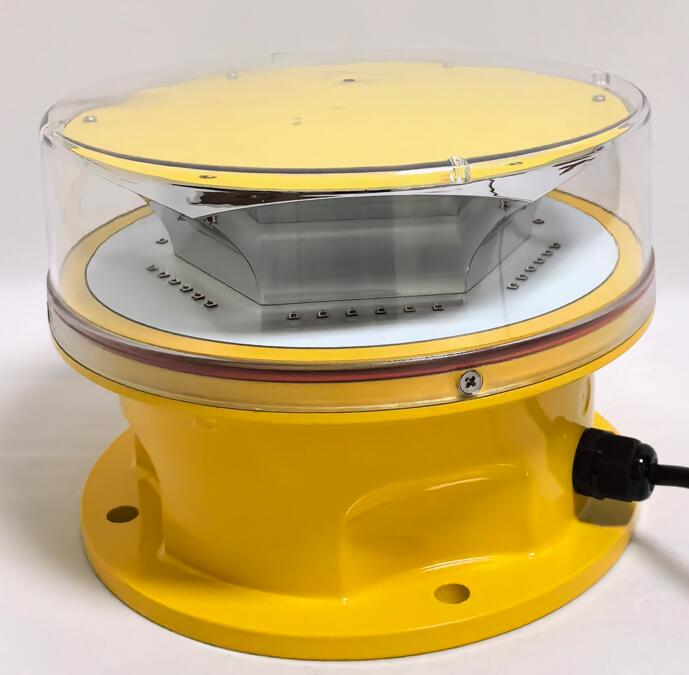Navigating the Skies Safely: The Vital Role of Obstruction Lighting in Aviation
In the dynamic world of aviation, where safety is paramount, obstruction lighting serves as an unsung hero. These specialized lighting systems are designed to mark tall structures, ensuring they are visible to pilots and preventing potential collisions. As air traffic continues to grow and urban landscapes become more crowded, the role of obstruction lighting in aviation has never been more critical. This article explores the significance, technology, and future of obstruction lighting in safeguarding the skies.
The Importance of Obstruction Lighting in Aviation
Obstruction lighting is a key component of aviation safety, particularly for structures that extend into navigable airspace. Tall buildings, communication towers, wind turbines, and bridges pose significant risks to aircraft, especially during low-visibility conditions such as fog, rain, or nighttime. Obstruction lighting systems emit bright, often flashing lights that make these structures visible from a distance, allowing pilots to navigate safely and avoid accidents.

Types of Obstruction Lighting Systems
Obstruction lighting systems are categorized based on their intensity and application, each designed to meet specific regulatory requirements. The primary types include:
Low-Intensity Obstruction Lighting: Used for structures under 45 meters in height, these systems emit a steady red light. They are commonly installed on buildings in urban areas where the risk of collision is relatively low.
| Obstruction Lighting |
Medium-Intensity Obstruction Lighting: Suitable for structures between 45 and 150 meters, these systems emit a flashing white light during the day and a steady red light at night. They are often used on communication towers, wind farms, and other mid-height structures.
High-Intensity Obstruction Lighting: Designed for structures exceeding 150 meters, these systems emit a powerful white flash visible from great distances. They are essential for tall skyscrapers, large communication towers, and other high-rise structures.
| Obstruction Lighting products |
Technological Innovations in Obstruction Lighting
The field of obstruction lighting has seen remarkable advancements in recent years, driven by the need for greater efficiency and reliability. Modern systems increasingly utilize LED technology, which offers several advantages over traditional incandescent bulbs. LEDs are energy-efficient, have a longer lifespan, and provide brighter, more consistent illumination. Additionally, smart obstruction lighting systems equipped with sensors and wireless connectivity are becoming more prevalent. These systems can automatically adjust their brightness based on ambient light conditions and can be remotely monitored and controlled, enhancing their performance and reducing maintenance costs.
Regulatory Standards and Compliance
The installation and operation of obstruction lighting systems are governed by strict regulations established by aviation authorities such as the Federal Aviation Administration (FAA) in the United States and the International Civil Aviation Organization (ICAO) globally. These regulations specify the type, intensity, and placement of obstruction lighting based on the height and location of the structure. Compliance with these standards is mandatory to ensure the safety of air traffic and to avoid legal and financial penalties.
Environmental Impact and Mitigation
While obstruction lighting is essential for aviation safety, it is not without its environmental challenges. The bright lights emitted by these systems can contribute to light pollution, which adversely affects human health, wildlife, and astronomical observations. To address this, manufacturers are developing eco-friendly obstruction lighting solutions with reduced light spillage and lower energy consumption. Some regions have also implemented "dark sky" policies that require the use of shielded lights to minimize light pollution while maintaining safety standards.
The Future of Obstruction Lighting in Aviation
As urbanization and air traffic continue to increase, the demand for advanced obstruction lighting aviation solutions is expected to grow. Future developments may include the integration of solar-powered systems, which would enhance sustainability and reduce reliance on external power sources. Additionally, the use of artificial intelligence (AI) and machine learning could enable predictive maintenance, ensuring that obstruction lighting systems operate optimally and reducing the risk of failure.
Obstruction lighting plays a critical role in aviation safety, ensuring that tall structures are visible to pilots and preventing potential collisions. As technology continues to evolve, these systems are becoming more efficient, intelligent, and environmentally friendly. In an era where air traffic is denser than ever, obstruction lighting remains a cornerstone of aviation safety, illuminating the path to safer skies for all.
In summary, obstruction lighting in aviation is a testament to the intersection of engineering, technology, and safety. From marking skyscrapers to guiding aircraft through challenging conditions, these systems are indispensable in modern aviation. As we look to the future, continued innovation in obstruction lighting will be essential to meet the growing demands of a rapidly changing world, ensuring that the skies remain safe for generations to come.
